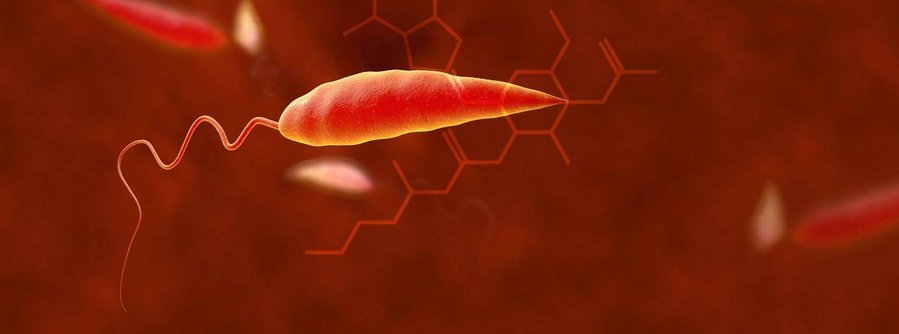Cell proliferation is characterized by
de novo DNA synthesis during the S-Phase of the cell cycle. The
traditional approach for monitoring DNA synthesis and thus cell proliferation relies on the incorporation of
5-Brom-deoxyuridine (5-BrdU) into nascent DNA strands by cellular DNA polymerases. This method is
hampered by the cell morphology destructive detection via a BrdU specific antibody that requires harsh cell permeabilization conditions and nucleic acid denaturation procedures preventing subsequent analysis of other cellular targets for multiparametric analysis.
This drawback can be bypassed by the incorporation of
ethynyl-labeled deoxyuridine (
5-EdU[1,2,3,4]) or
ethynyl-labeled deoxycytidine (
5-EdC[5]) that are incorporated into nascent DNA strands of proliferating cells instead of their natural counterparts (thymidine or cytidine, respectively). The ethynyl-functionalized DNA is subsequently detected by covalent conjugation of small-sized
fluorescent Azides or
Azides of Biotin via Cu(I)-catalyzed Click Chemistry (Fig. 1).
5-EdU & 5-EdC-based nucleic acid labeling
- is non-destructive and therefore suitable for mulitparametric analysis (no harsh permeabilization & nucleic acid denaturation required).
- provides a significantly faster detection procedure (∼2 h instead of 4 h +).
- is compatible with flow cytometry & microscopy[1,4,5,6]
- is compatible with several cell lines and organisms (selected cell lines & organisms analyzed with 5-EdU)





 Datasheet
Datasheet



